Congress and exhibition calendar
Events in Berlin
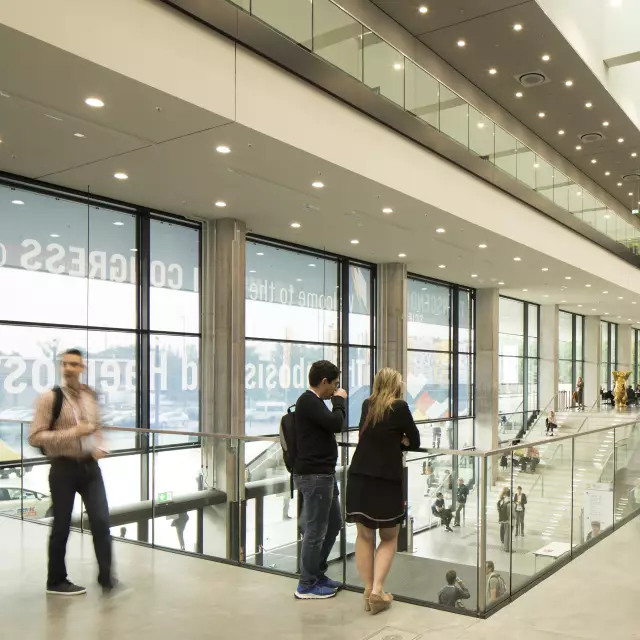
International Grüne Woche Berlin 2026
16 25 Jan '26
Showcasing the latest trends in food and agriculture with exhibitors from around the world, Grüne Woche is a celebration of tradition and innovation. The 100th anniversary of the Grüne Woche will be c... Read more
Berlin ExpoCenter City (Messegelände Berlin)
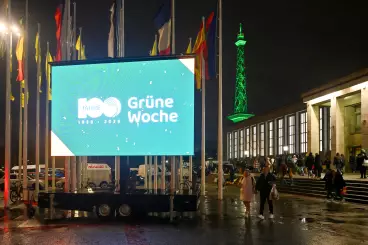
- Fairs
- Highlights
BMC-Congress 2026
27 28 Jan '26
SOLUTIONS, STRATEGIES, PARTNERSHIPS – With this claim, the BMC Congress sets the starting point for the health policy year 2026 and provides impetus for the transformation of the healthcare system. Read more
Langenbeck-Virchow-Haus
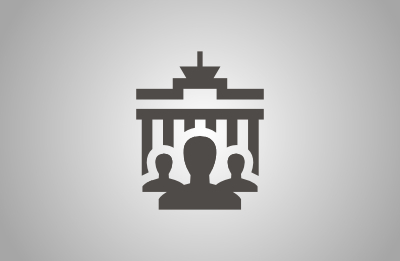
- Congresses
- Events
World Money Fair - Technical Forum 2026
28 Jan '26
Innovations. Technology. Future. The Technical Forum has been an integral part of the World Money Fair for many years and is considered the leading platform for technical developments in coin and med... Read more
Estrel Berlin

- Fairs
World Money Fair 2026
29 31 Jan '26
Look forward to your numismatic highlight right at the start of the year. Read more
ECC - Estrel Hotel & Convention Center
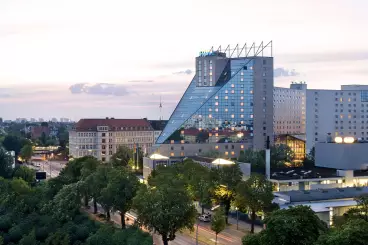
- Fairs
Congress Care
30 31 Jan '26
The leading conference for nursing leaders. The Nursing Conference, which includes the German Nursing Law Day and covers current topics from management, education, law, human resources, politics, and ... Read more
Maritim proArte Hotel Berlin

- Congresses
- Events
FRUIT LOGISTICA
4 6 Feb '26
From 4 to 6 February, it's finally that time again! FRUIT LOGISTICA, the world's leading trade fair for the fruit trade, opens its doors. For three days, Berlin becomes the capital of the internationa... Read more
Messe Berlin, Nordeingang
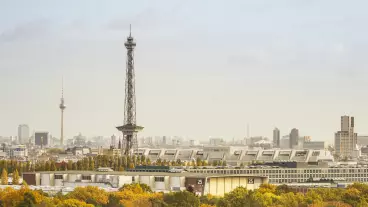
- Fairs
Berlinale 2026
12 22 Feb '26
Berlin's prestigious Berlinale film festival is a magnet for filmmakers, industry pros and cinephiles from around the world, celebrating cinema, culture and creativity. Read more
verschiedene Veranstaltungsorte
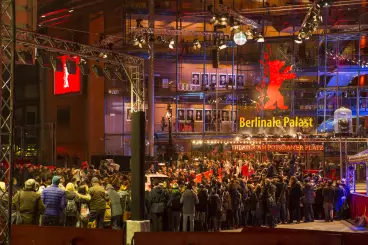
- Events
- Highlights
E-commerce Berlin Expo 2026
17 18 Feb '26
The E-commerce Berlin Expo stands as Germany’s leading B2B e-commerce event, serving as a key hub for industry professionals. Combining both exhibition and conference elements, it delivers exceptio... Read more
Messe Berlin

- Events
37th German Cancer Congress
18 21 Feb '26
The 37th German Cancer Congress brings together experts from the fields of oncology, nursing, research, politics, and patient organizations. Under the motto “together – focused – sustainable,” partici... Read more
CityCube Berlin
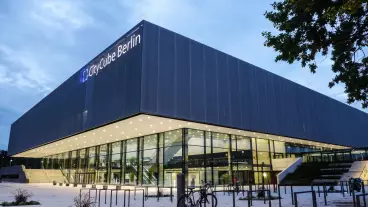
- Congresses
- Events
15th Job Fair Berlin
20 21 Feb '26
🚀 Ready to launch your career? The 15th Jobmesse Berlin is your gateway to exciting new opportunities. Entry is free, and we recommend registering in advance to reduce waiting times at the entrance. ✨... Read more
Olympiastadion Berlin

- Fairs
